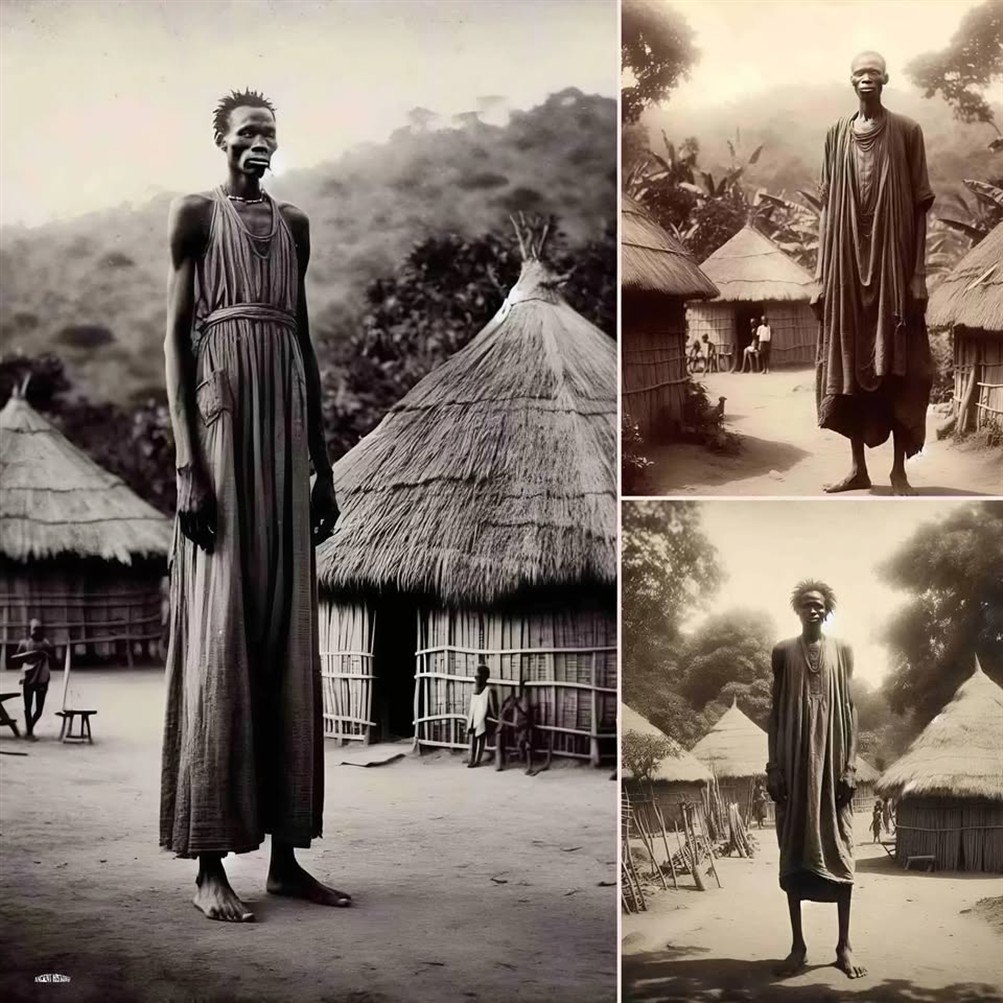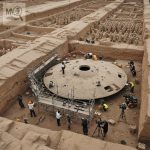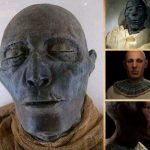The Surma Elder: Echoes of the Omo Valley

The Omo Valley of Ethiopia is a land where culture, tradition, and history intertwine in profound ways. Known for its striking diversity and deep heritage, the region has long fascinated anthropologists, photographers, and travelers alike. Among its most evocative cultural symbols is the Surma community, whose traditions embody both resilience and beauty. An image of a Surma elder from the early 20th century captures this essence—an enduring portrait of identity, belonging, and humanity’s unbroken cultural thread.
The Symbolism of the Lip Plate
Perhaps the most recognizable feature of Surma tradition is the lip plate, worn by women and sometimes referenced in depictions of elders. Far more than an aesthetic choice, the lip plate represents status, beauty, and social identity within the community. For the Surma, the adornment is a declaration of belonging, signaling ties to ancestry and cultural continuity.
The elder in this evocative portrayal embodies that symbolism. The lip plate reflects not only personal strength but also the collective heritage of a people who have preserved their traditions despite outside pressures and the passage of time.
A Landscape Shaped by Time

Behind the elder, weathered huts rise from the earth, blending seamlessly into the natural environment. These dwellings, constructed from local materials, reflect the Surma’s intimate connection with the land. Just as the huts endure through seasonal cycles, so too does the elder—his resilience mirroring the endurance of his community.
The muted tones of the image, fading with age, evoke a sense of continuity. They whisper of rituals passed down through generations and of lives woven together in rhythm with the land. The Omo Valley is not only a physical place but also a living cultural archive, where tradition thrives in forms both subtle and striking.
Cultural Heritage and Human Dignity

What makes the portrait so powerful is its quiet dignity. The elder’s presence communicates far more than words: a deep-rooted sense of identity, wisdom accumulated over decades, and pride in cultural belonging. Such images remind us that heritage is not merely preserved in artifacts or written records—it lives in people, in their customs, and in the symbols they choose to carry forward.
The Omo Valley is home to dozens of distinct ethnic groups, each contributing to Ethiopia’s cultural mosaic. Within this diversity, the Surma stand out for their bold artistic expressions—body painting, scarification, and adornments like the lip plate. Yet beyond the visual spectacle lies something universal: the human desire to define beauty, to honor ancestry, and to strengthen community bonds.
Conclusion
The image of the Surma elder is more than an anthropological record—it is a testament to resilience, beauty, and the enduring strength of tradition. Set against the backdrop of Ethiopia’s Omo Valley, the portrait bridges past and present, reminding us that humanity’s greatest heritage lies in the stories, symbols, and dignity of its people. In the elder’s quiet gaze, we glimpse not only an individual life but also the timeless tapestry of cultural identity.










